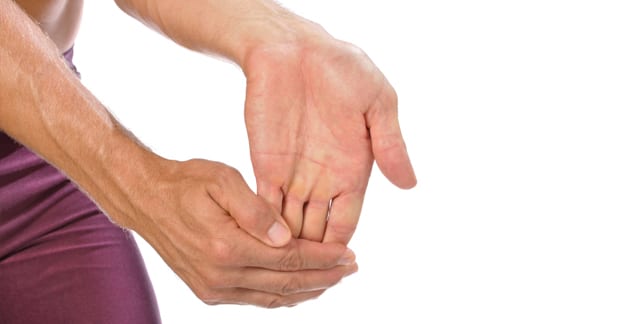One important cause of wrist pain associated with carpal tunnel syndrome
is a sprain of the delicate ligaments holding the 12 wrist bones
together. These 12 small bones connect the hand to the arm and have many
tiny ligaments, which limit the range of motion. During a sprain, the
range of motion of the bones is exceeded and the ligaments are
stretched. This is then followed by inflammation (tenderness, swelling,
heat, altered function, redness), just like when you sprain your ankle.
It's important to reduce the sprain (adjustments and sometimes bracing or taping) and minimize tension on the sprained ligaments. For this reason, certain movements and stretches will be helpful while others, which move the joint into the direction of injury, can even be harmful. Make sure your chiropractor carefully explains the nature of your injury so you don't re-injure the joint.
In chronic/long-term cases, you
will need to stretch the wrist in directions that promote mobility and
loosen shortened tissues. Your doctor of chiropractic can guide you
through a specific wrist stretching plan that promotes function and
minimizes the risk of re-aggravation. Although complex office procedures
need to be done in-office, there will be important home stretches and
attention to wrist hygiene so that quality of life is maximized. You
will need to be an active participant in your rehabilitation.
It's also important to not move the wrist in an unprotected way. You will need to pay attention to where your wrist is injured and avoid moving it into that direction. You also should not lift heavy objects (grocery bags) with the affected hand during the acute phase of a wrist injury.
In general, wrist stretches should be uniplaner. This means you move the wrist from side to side and, up and down, but not combinations of these movements. The wrist is not a "ball and socket" joint like the shoulder, and should not be moved around like it is. You may also need to address the shortened tissues of the arms and various muscle attachments. "Pin and stretch" techniques and trigger point therapy may need to be used to more intensely address the muscular components.


